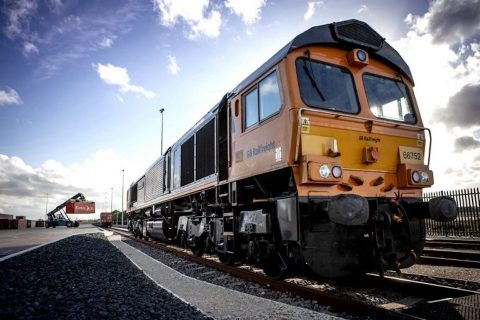UK specialist DRS racing to decarbonise

Having started out with a small fleet of underpowered second-hand diesel locomotives that had just retired from construction duties on the Channel Tunnel, Direct Rail Services (DRS) now runs one of the most modern traction fleets in the UK. And they are going further to make it the greenest fleet too.
Do you want to read the full article?
Thank you for visiting RailFreight.com. Become a member of RailFreight Premium and get full access to all our premium content.
Are you already a member?
Having problems logging in? Call +31(0)10 280 1000 or send an email to customerdesk@promedia.nl.




